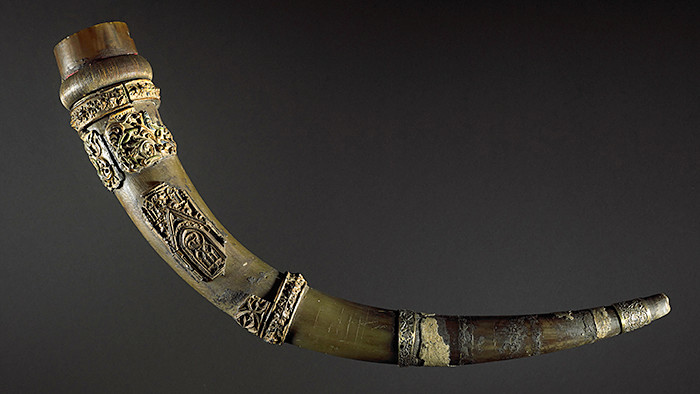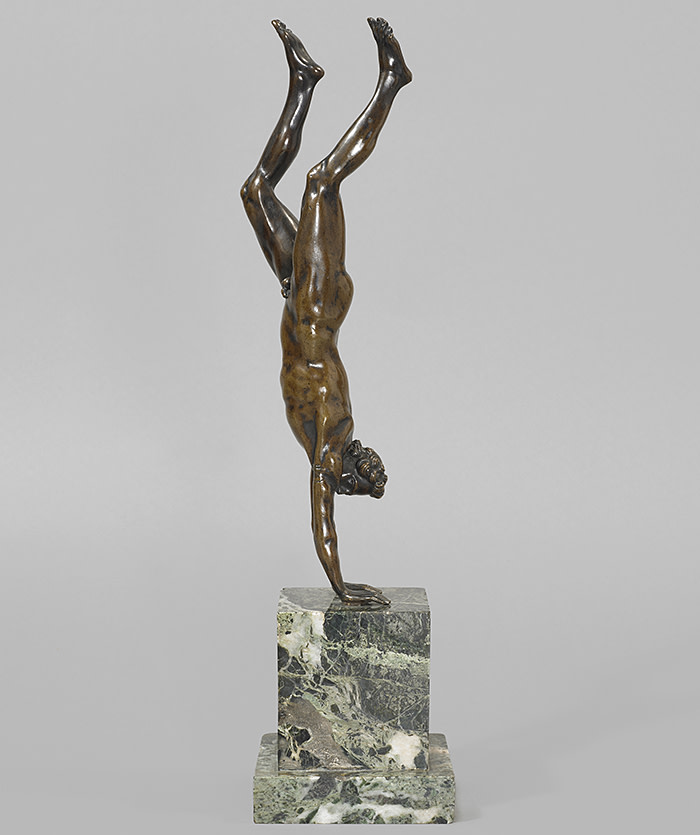The Wallace Collection: a portrait in objects

Simply sign up to the Life & Arts myFT Digest -- delivered directly to your inbox.
Surprisingly little is widely known or celebrated about Richard Wallace, the man who left his sumptuous collection of art to the nation in the late 19th century, for it to become one of London’s greatest, yet lesser-heralded, cultural treasures. Wallace, believed to be the illegitimate son of Richard Seymour-Conway, 4th Marquess of Hertford, inherited most of the collection on his father’s death in 1870. He cherished and curated it with a rare enthusiasm and sensitivity, and left instructions to his wife to gift it to the nation on his own death 20 years later.
“He hardly ever gets mentioned, unless it is as some guy who administered the place,” says the Wallace Collection’s current director Xavier Bray. “But I would call him the first director. He had great taste, a great eye and great connections.” More significantly still, Wallace moved the collection to England from France, and established its home in central London’s Manchester Square. “And he hung it quite beautifully,” adds Bray.
Now, in celebration of the bicentenary of his birth, the museum is opening its new £1.2m exhibition space by honouring Wallace’s own connoisseurship and collecting with a small display that is both refined and constantly surprising. “He was an aesthete, he loved beautiful things, but never wrote about them,” says Bray, adding another reason for Wallace’s low historical profile.
He has picked 25 objects which Wallace added to the magnificent core collection of 18th-century art and furniture assembled by previous generations. They represent him as an eclectic, bordering on eccentric, collector. “He wasn’t terribly interested in the big splash approach,” says Bray. Here, instead, are small, beautifully crafted works, some with exotic origins, all of them demanding sustained concentration to be fully appreciated.
The show looks like a 19th-century template for the British Museum’s recent “History of the World” approach to display. A tiny, bejewelled rock crystal figure of Christ as the Good Shepherd, dating from c1600, was manufactured in India or Sri Lanka, its Christian theme having been introduced there by Portuguese missionaries. The seated figure recalls similarly posed figures of the Buddha.


A bronze hand-bell, reputed to have belonged to St Mura, the first abbot of the Abbey of Fahan in County Donegal in the sixth century, reveals successive layers of elaborate ornamentation. Its last known “keeper” (designated individuals who looked after Irish relics) was a poor fisherman who sold it in the 1840s. (“This is the Book of Kells in 3D!” says Bray with enthusiasm.)
These are not only beautiful objects in their own right, they have the feel of conversation-pieces. Wallace would entertain guests in a smoking room at Hertford House, and recount the stories behind them. Most of the works were acquired in what was something of a spending spree in the 1870s, when numerous important collections came on to the art market in the wake of the Franco-Prussian war and the collapse of the Second Empire.
Walking among Wallace’s prized possessions in this tightly curated show, we never quite know what to expect next. A dagger, given to the French King Henri IV by the city of Paris as a wedding present in 1600, is unusually covered in inscriptions and mysterious mother-of-pearl symbols. A matching rapier was to become a much-prized possession of Napoleon Bonaparte, while the dagger found its improbable way to the art market.
Next, a statuette of an ostrich, shown with a horseshoe in its mouth (ostriches were thought in folklore to be able to digest metal, and became a symbol of fortitude), bought by Wallace the year after Queen Victoria made him a baronet, recognising his charitable work during the siege of Paris and the Commune. The coat of arms he was granted included the same motif.


Wallace’s evident collecting addiction grew: by the spring of 1872, he was buying art on an almost daily basis. But the last thing he wanted to do was squirrel it away for his own exclusive enjoyment. While refurbishing Hertford House, he loaned more than 2,000 works to a new branch of the South Kensington Museum in east London’s Bethnal Green, which was visited by 5m people in two years. One of the first museum blockbusters?
He did not forget Paris, the city in which he spent most of his youth: he founded the Hertford British Hospital, and presented the city with 50 cast-iron drinking fountains, still known today as les fontaines Wallace. His move to London was driven by a desire to become part of an establishment from which he had felt detached, believes Bray. “Recognition is a key word in Wallace’s life. He was probably seeking the approval of his own nation. In his mind, he never thought of himself as anything but an English gentleman.”

There were both high hopes and apprehensions after Wallace’s death in 1890, as speculation mounted about the fate of his estate. When Lady Wallace died seven years later, the collection became the greatest gift ever made to the nation. Banker and collecting rival Ferdinand de Rothschild paid generous tribute to a man who, through the eyes of modernity, seemed to be ahead of his time in his spirit of curiosity and his sense of civic responsibility.
His words cannot help striking a chord in today’s climate: “No country has ever had such a windfall, for great as may be its pecuniary value its artistic value is inestimable . . . It would have been the source of the keenest disappointment and regret had this collection been dispersed and sent abroad, or if it had gone into the hands of our millionaires, whose desire to adorn their walls with masterpieces of English and foreign artists may be praiseworthy and legitimate, but which would in this case have caused a disastrous loss to the general public.”



wallacecollection.org, to January 6 2019
Follow @FTLifeArts on Twitter to find out about our latest stories first. Subscribe to FT Life on YouTube for the latest FT Weekend videos
Comments